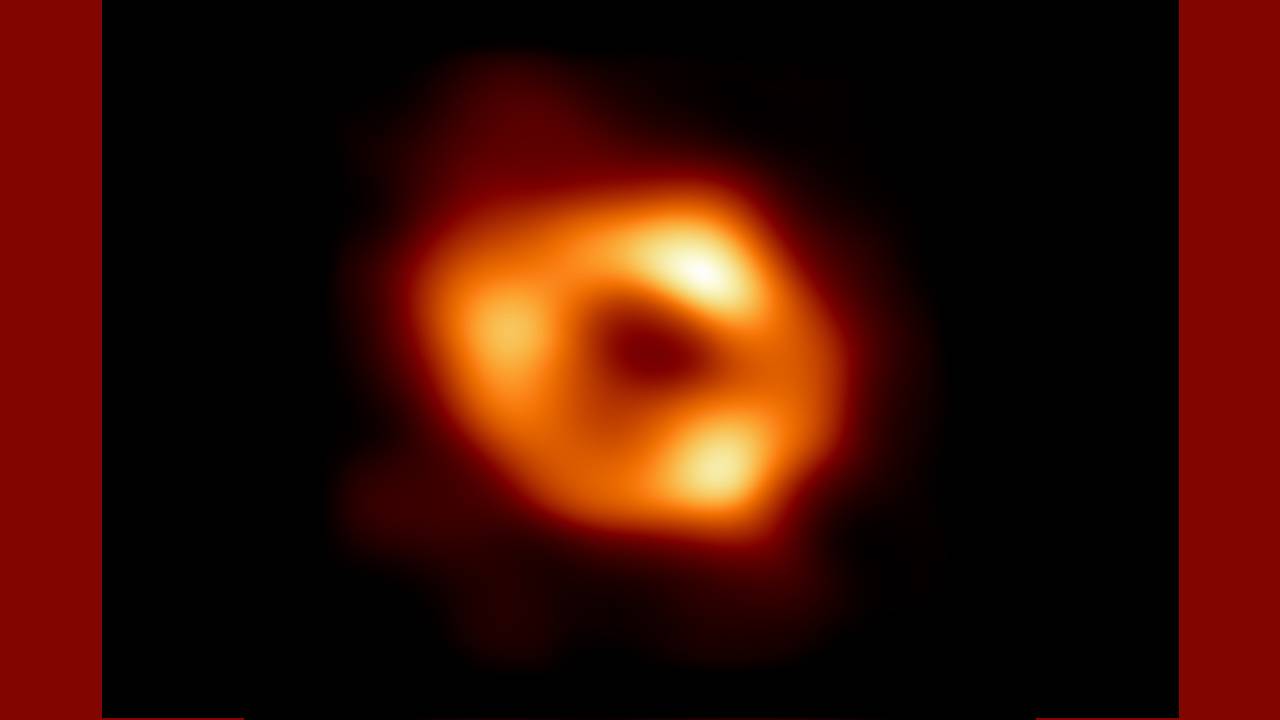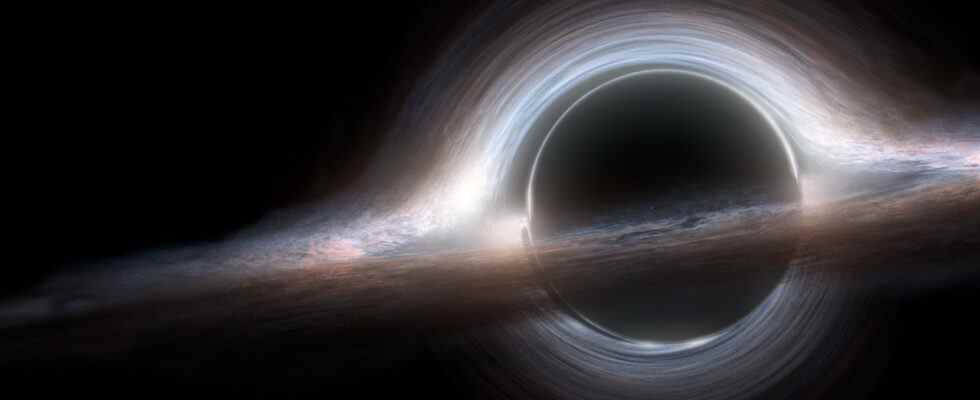Black holes have always been one of the most curious formations of the universe. These massive celestial bodies, whose gravitational field is so strong that they do not allow any material formation and radiation to escape from them, continue to be investigated.
Black holes are still among the universe’s most unknown
Thanks to powerful telescopes, we can peek into the depths of space. In addition, pressure waves propagating in space create some fluctuations in octaves that the human ear cannot hear. These waves can be translated into sound using methods called sonification.
NASA’s latest sonification shows waves of X-rays observed echoing around a black hole in the V404 Cygni system. Sonification has been done using data from NASA’s Chandra X-ray Observatory and Neil Gehrels Swift Observatory, both of which probe into the X-ray wavelength.
Data from the optical wavelength comes from the Pan-STARRS telescope in Hawaii. Taken together, it is possible to see X-ray waves radiating outward from a point with a black hole at its centre. The black hole itself is rendered invisible because it absorbs all light.
However, while the black holes themselves are invisible, the wavelengths emitted by the material around them are evident. As materials such as dust and gas are pulled into the black hole by gravity, they coalesce into a rotating disk called an accretion disk. This material rubs against each other and creates heat due to friction, creating various ripples.

In the example of a black hole in the V404 Cygni system, the black hole pulls matter from a companion star and this material produces intense bursts of energy. This radiation includes X-rays ejected from the black hole and interacting with the dust and gas around it. These interactions can be seen as concentric rings of X-rays formed when the black hole glows.
While listening to the sonification, you can hear the melodic sounds of the background stars, each star visible in the optical wavelength is translated into a note, and the pitch and pitch of the note corresponds to the brightness of the star. On top of that, you can also hear the sizzling sound of bursts of X-ray radiation forming rings around the black hole.

 shiftdelete.net
shiftdelete.net